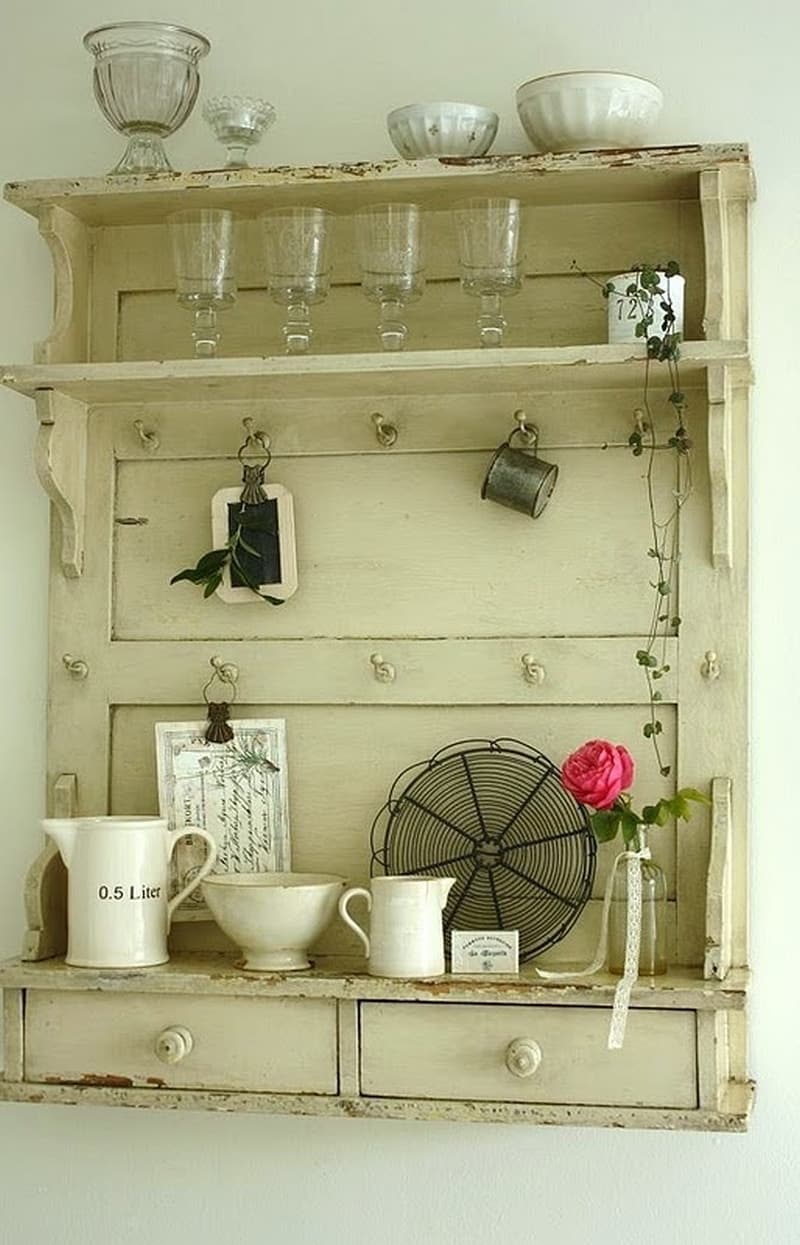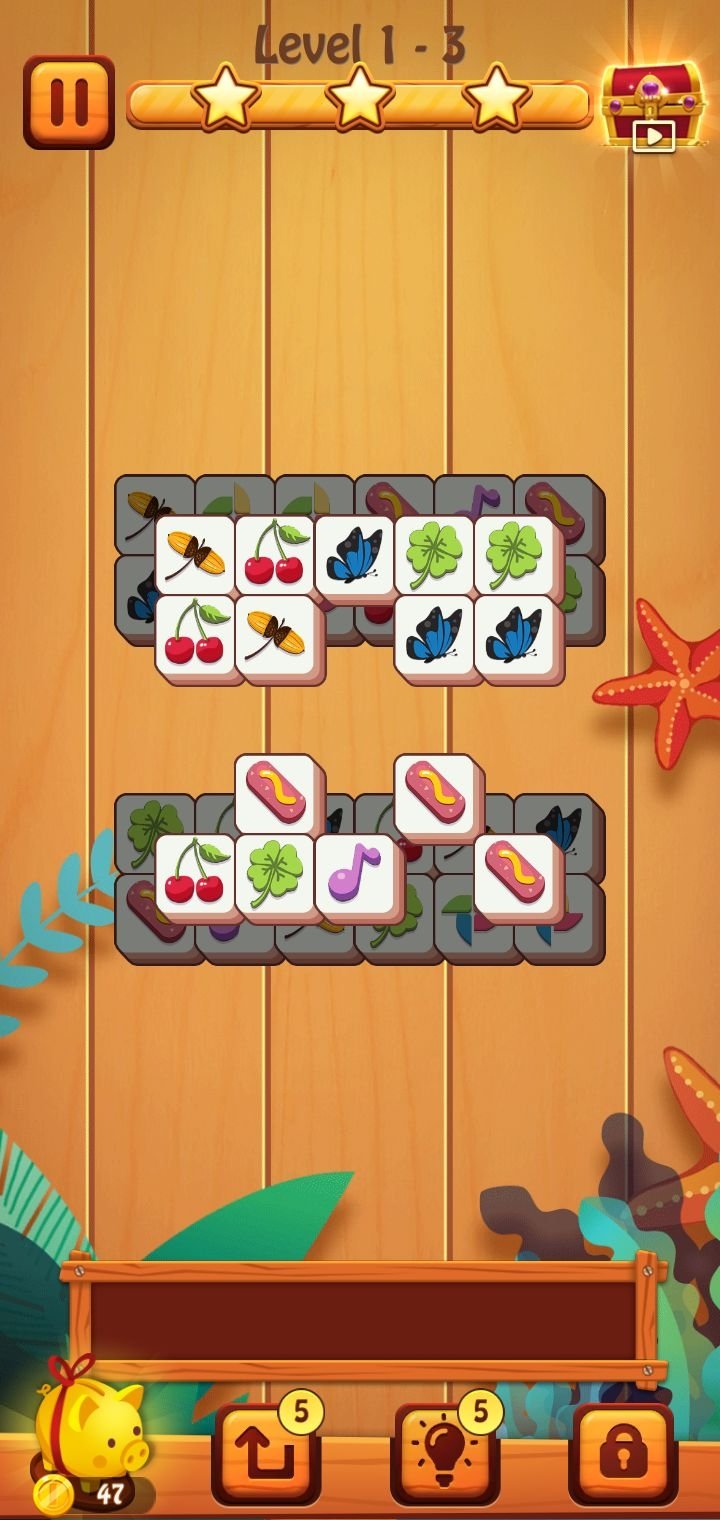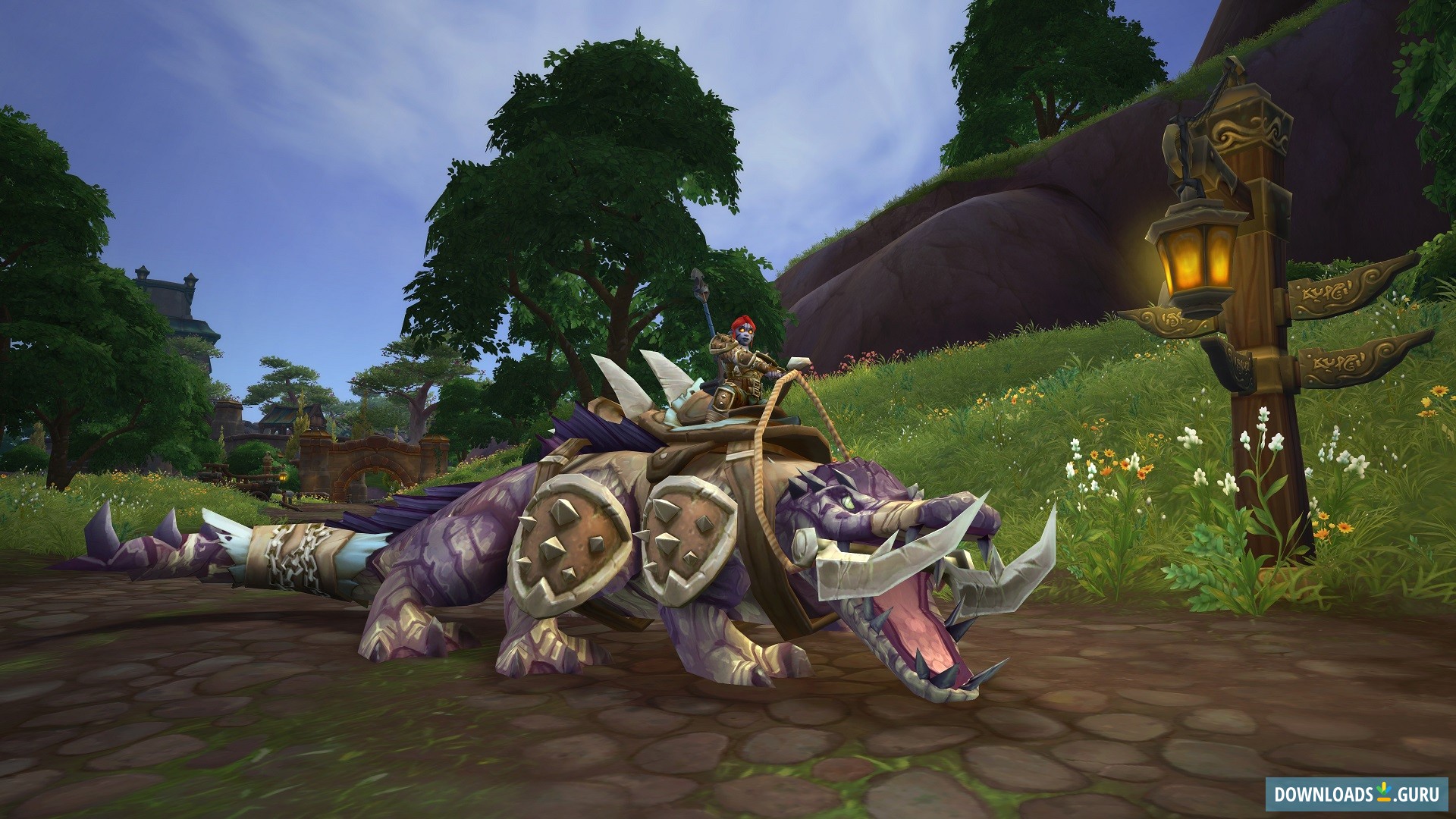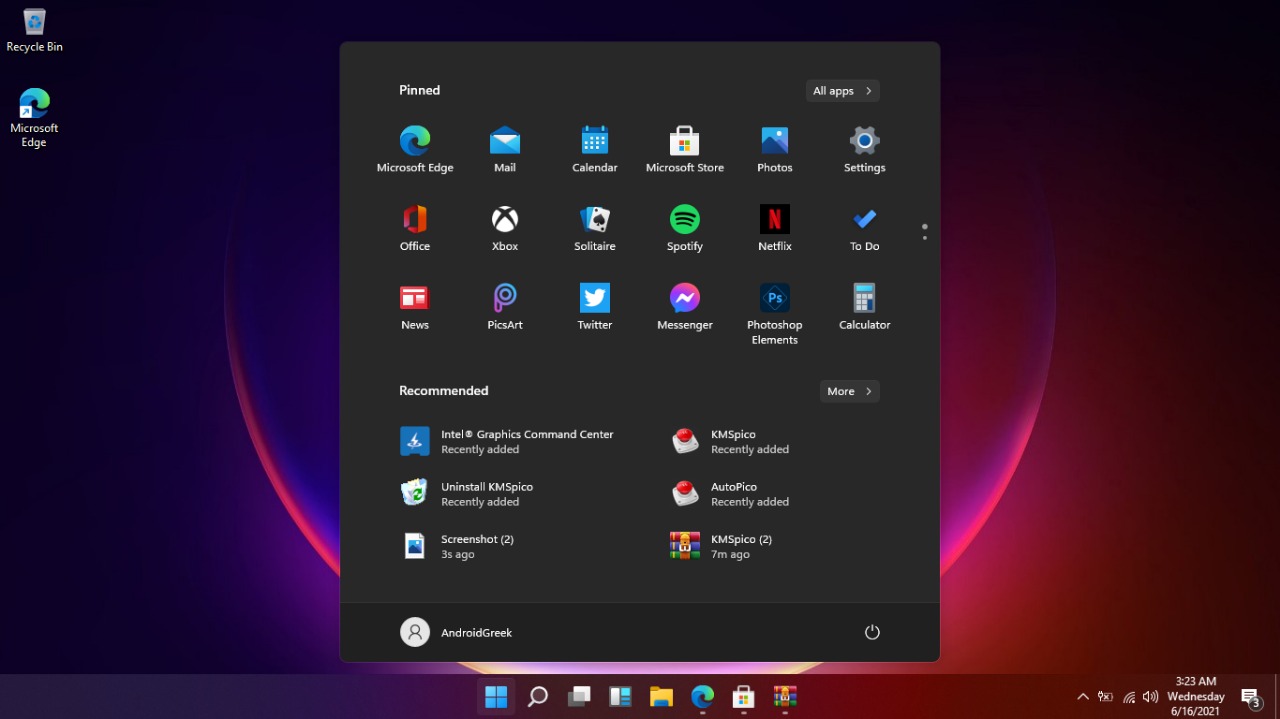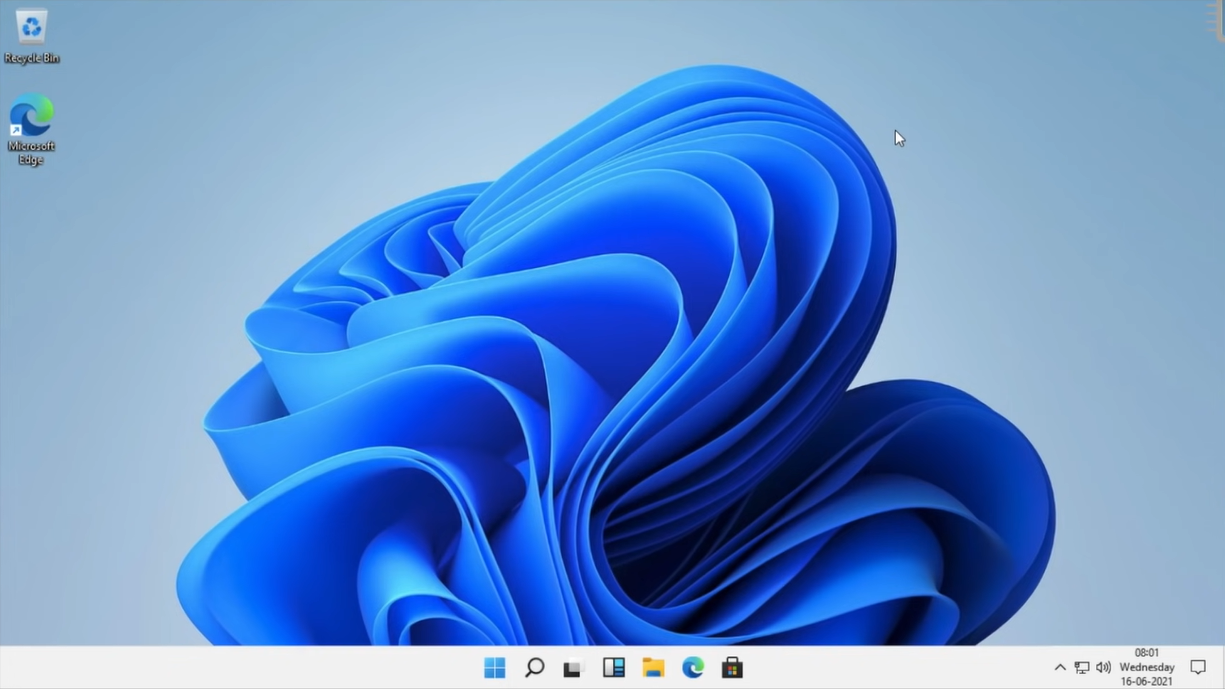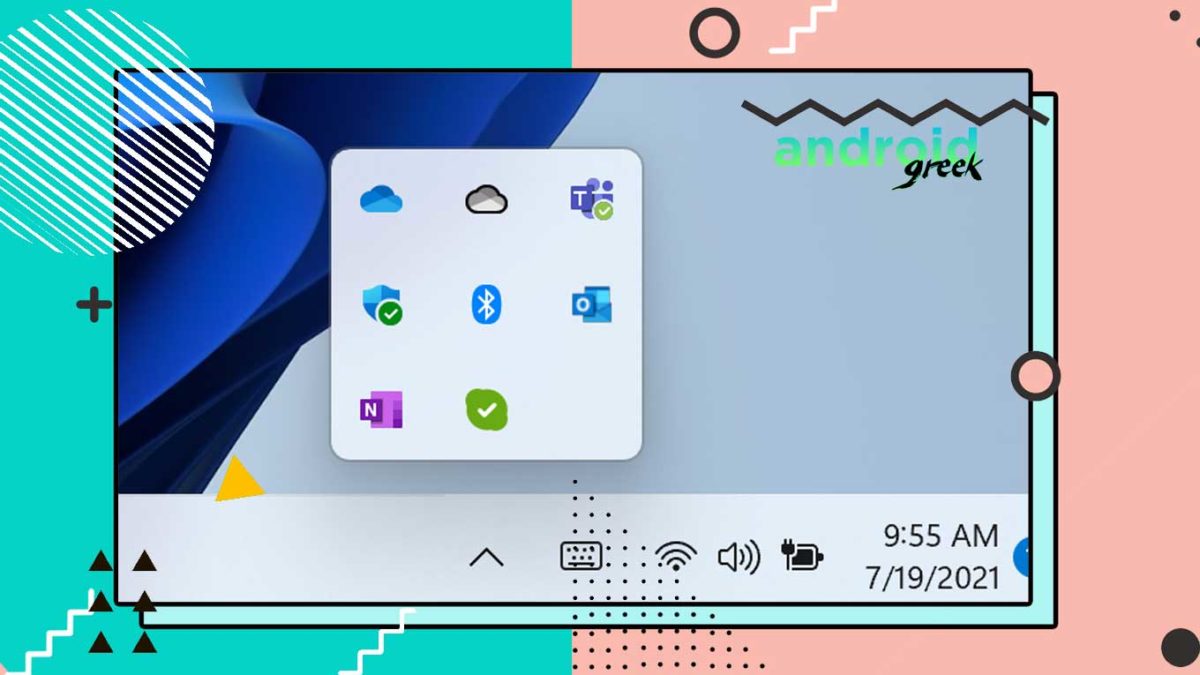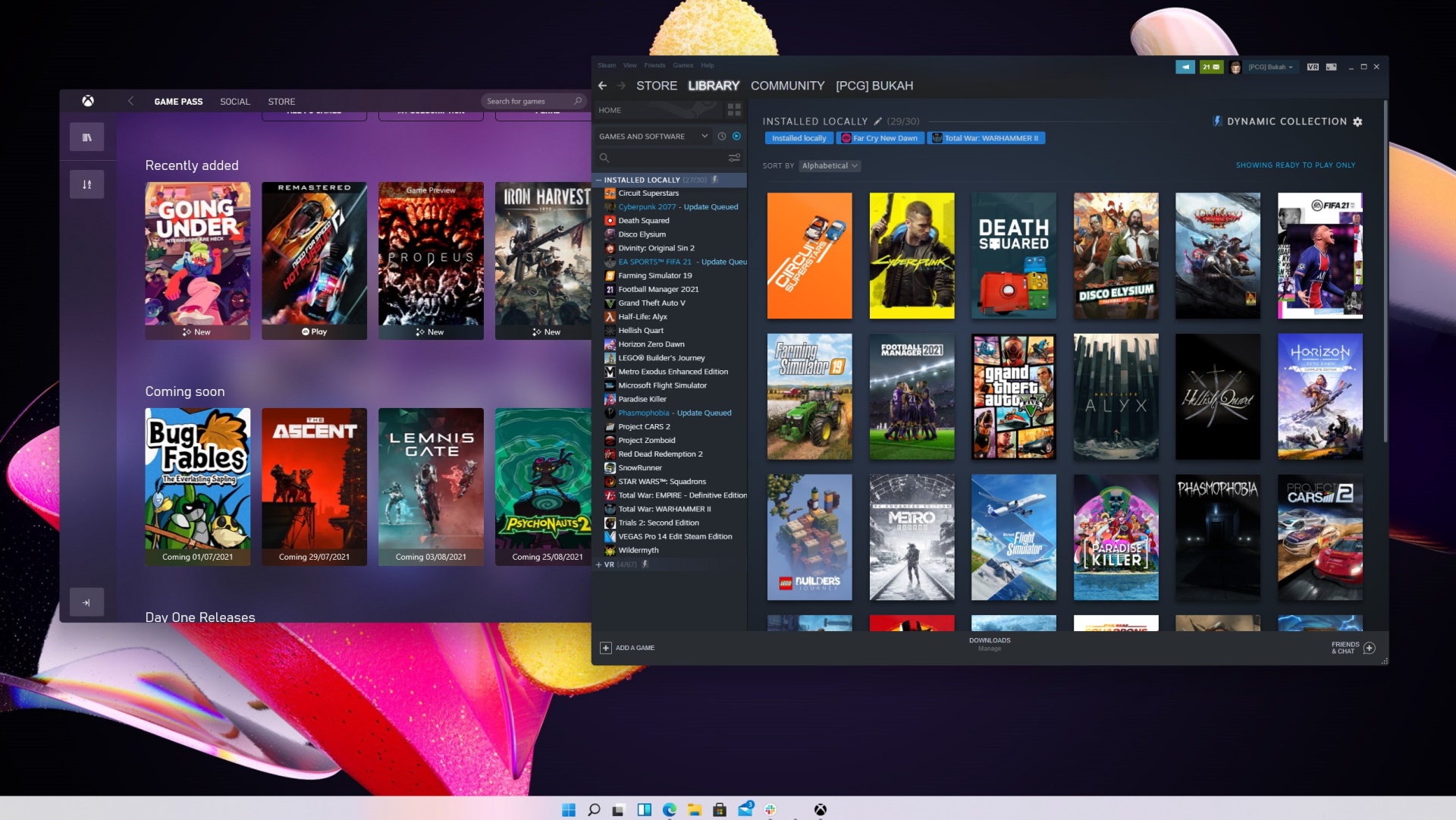Older blog but I will take a chance and post my problem. One partition is windows 10 Home 64bit and the other is windows 10 pro 32 bit. When I had a hardware failure I replaced the mainboard with a board that was very close to the original in the sense of chipsets and CPU. Used my original Graphics card , FAXmodem , Hard drives, and memory. When I powered the system I went to the 64 bit partition first.
It activated using the "replace hardware recently" option. I have a second retail win 7pro disc package with valid key but when I enter it, It just keeps saying I can't have two different versions on the same machine basically. If your Windows 7 or Windows 8 license is not activated and you are not interested in purchasing a license, then your options are limited. Microsoft offers a 90 day trial of its Windows 10 Enterprise edition. Windows 10 Enterprise is normally distributed under Microsoft's volume license program for large organizations that deploy Windows 10 in bulk.
It's a full-featured edition of the operating system but in this case, it's really an evaluation version of the software. Users must register before they can download and install the software. This option is perfect for those users who are running Windows Vista or never had a genuine license, to begin with. Please wait while it downloads the necessary files and then click the 'Install' button. Downloading Windows 10 files from the Internet may take some time. So it depends on your internet speed how long it will take.
If you are using a pirated or cracked version, you may be prompted to enter the product key. Otherwise, it will not ask for any product/license keys and the upgrade process will go smoothly. After the download is complete, click the 'Install' button.
After the installation process is complete, you will need to activate Windows 10. For that, connect your machine to the internet and go to Windows Update and then Activation. Your PC will be activated with a digital license.
There is another option in case online activation does not work. You can enter the license key that you got with your copy of Windows 7 or Windows 8.1 and manually activate your Windows 10 from the Activation portal. When you do the in-place upgrade, your product key is converted to digital entitlement and uploaded to Microsoft's cloud servers.
You can then wipe your drive and do a clean install of Windows 10. When you reinstall Windows 10 you'll get to a screen that asks for your product key. Just click on the 'I don't have a product key' link on the bottom of the screen. Once the installation is complete, Windows will automatically activate the first time your system gets online.
We upgraded from Windows 7 to 10 late on October 22, 2019 with no problems on my SSD boot drive . Quite frankly many of my apps seem snappier in response and performance. Microsoft offered Windows 7 users a free in-place upgrade to Windows 10 during the year after its launch, and it would have been sensible to take it. Since then, you have been able to download a copy of Windows 10 and use Microsoft's media creation tool to upgrade Windows 7 either directly or from a thumb-drive. So far, most users who have tried this and entered their Windows 7 product key have had their copy of Windows 10 authenticated. I can't say whether that will continue to work.
However, Microsoft wants people off Windows 7 and on to Windows 10, so it's worth a go. Just skip the part where it asks for a product key, and leave it for later. Note, during the upgrade process the tool download windows 10 files from the Microsoft server, and the time depends on your internet speed and hardware configuration. This process can take quite a while, and the computer will restart numerous times.
It may take some time in downloading Windows 10 files from the internet. So it depends on your internet speed that how much time will it take. If you are using a pirated or cracked version then it may ask you to enter the product key.
Otherwise it will not ask for any product / license key and upgrade process will go smoothly. After completion of download, click on the 'Install' button. You can't use a Windows 7 or Windows 8 key if you are upgrading. What you can do though is activate it using a Windows 7 or Windows 8 key after setup is complete; if you choose to perform a clean install. If it's activated, then setup doesn't prompt you. That's it, you can upgrade without any further hindrance.
There you go, my system upgraded from Windows 7 to Windows 10 in 2017 for free. Some times it happened that if you have a genuine Windows 7 key and still Windows installer can throw message like "This product key didn't work". In this case you can try to re-activate Windows 7 first.
And then start upgrading again, now installer will skip that step and you will be able to start the upgrade process. But there are a few things I recommend doing before starting the upgrade process. Checking for drive errors, cleaning up your drive, and uninstalling third-party anti-virus/malware software are just a few. And I recommend creating a full backup only in case something goes wrong.
Just follow steps #2 through #6 in this article, seven things to do before and after upgrading to Windows 10. Over the next four-plus years, I repeated those steps on test PCs at regular intervals and confirmed that the free upgrade tool still works. I continue to receive email messages regularly from readers offering firsthand reports that their free upgrades were successful, with no purchase or product key required.
Next, I installed Win 10 r10130 Preview… deleted old Windows and installed to bare metal during this process . I had to hack in with SHIFT-F10 to edit my partitions during setup. And once installed, I created a Microsoft account. I logged in as the M$ account instead of local.
I activated using the special key for this edition that begins with 6P99N I think. The second option is to use the Microsoft upgrade tool to create the installation media. It's straight forward to do so using the wizard, but our how to clean install Windows 10 guide has full instructions if you'd rather follow those. Try the upgrade to Win10, but if it doesn't work, or doesn't play nice with your old hardware, you can always install a Linux Distro instead.
(Always backup your data before an upgrade/install!) Where do you live? Surely there are some community resources to help you if you need it. Maybe check your local library or community college? Does your neighborhood have a social network community, like Nextdoor? You may already have a neighbor who would be happy to help you out, if you can let them know your need. If you're comfortable looking around online, there are just a ton of resources that can guide you through whatever process you decide to try.
Prepare your computer with several essential Windows 10 upgrade tools to ensure a smooth Windows 7 to Windows 10 migration by following the simple steps. Reboot your computer and connect it to the internet. Open Settings and choose "Update & Security" and click "Activation." From here, you can see if the Windows 10 upgrade worked.
If not, press an "Activate" button ; this will create a digital Windows 10 product key. Try using your Windows 7 or Windows 8 license key. When Windows 10 is ready to install, you'll see a recap of what you've chosen (Windows 10 Pro or Home, etc.), and what will be kept through the upgrade.
Keep personal files and apps is selected by default, and you can change the option by clicking Change what to keep. If you install Windows 10, you can use it for a month. After that, you will get a "watermark" on your desktop that says it isn't authenticated, and Microsoft will nag you to do it. You will also lose personalisation options, so you won't be able to change the wallpaper, themes, lock screen and so on, but it will continue to work.
Using an unauthenticated copy of Windows 10 is not a long-term solution, and it's a bad idea for businesses, which can pay for extended updates. However, if you're a Windows 7 home user, it gives you more time to decide what to do. Once the activation is confirmed, it will also activate your Windows 10 download, making your desktop 100% usable.
At the end of the process, you'll have your genuine Windows 10 for free. Launch the Media Creation Tool and follow the prompts until you reach the 'What do you want to do? All you need is to keep on following the prompts, choose whether you want to keep your data or not, and then input your product key.
As we mentioned, you need a genuine Windows 7 or 8.1 license to proceed. Took a slightly different route for my Dell Inspiron N4010 . Downloaded Windows 10 Home 64-bit using the Media Creation tool. Performed initial upgrade via windows desktop.
Used this guide to help me with the upgrade/installation. I now have an activated Window 10 Home 64-bit system. Philip, do you have any insight on "We can't create a recovery drive / A problem occured while creating the recovery drive".
That's the error message I received when trying to create the recovery from USB thumb drive. The drive is already in fat32 oob, do you think I still need to make it ntfs? The finished product in your video is in fat 32.
Upgrade From Windows 7 To Windows 11 Free I found similar thread and they're all within just 2 days old. I was gonna create it as a back up in case media creation tool fails or trouble along the way ie. Upgrading to a new operating system is a major task, and you don't want to lose your precious photos and files if things go wrong. We've got guides to the best Windows backup software and online backup options, but even stashing your most valued files on a USB key or external drive works. Whatever method you use, just make sure your data's backed up somewhere safe.
Select the 'Keep personal files and apps' option. After clicking the install button, it will ask you what to keep. You can choose data only, data and apps, or nothing. By default, it will select the 'data and apps' option.
We are going to answer various questions related to the up-gradation, system requirements, time, process for an upgrade, and other details on this page. As Windows 11 was leaked earlier and many of you might also have downloaded it. Now if the chance to get the fresh and bug-free Windows 11 which can be downloaded directly from the official website of Microsoft. You can upgrade your existing windows to Win11 in a few steps which are available on this page. It is also recommended to uninstall any software (such as antivirus, security tool, and old third-party programs) that may prevent the successful upgrade to Windows 10. It would also help if you disconnected any hardware connected to the device, including printers, phones, cameras, external hard drives, and other USB peripherals, to help avoid problems.
If you don't upgrade, you'll no longer get fixes and critical security updates from Microsoft, because you're using old, obsolete software. You'll be at serious risk of viruses, malware, cyber attacks and ransomware. You might be OK for a bit, but it's a seriously bad idea and sooner or later you're going to come a cropper. To get Windows 10 for free, you need to download and install Windows Media Creation Tool on a device/virtual machine where Windows 7/8.1 is already activated.
Once done, open the tool and make sure that you select the option that lets you keep all files and applications. A few years back, Microsoft offered Windows 7 and Windows 8 users to upgrade to Windows 10 for free. The upgrade program allowed users with genuine license keys to upgrade to the latest operating system at no extra cost. While the free update program ended in 2016, it seems that the offer continues to remain valid. I discovered that if you already installed and activated Windows 10 with a Digital License, you can do exactly that.



